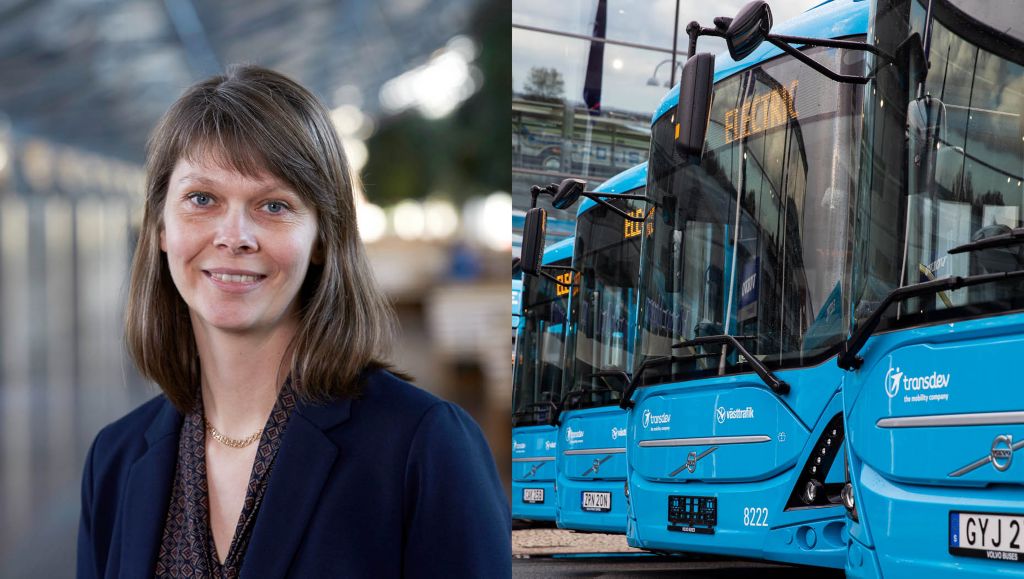The impact of Gothenburg's electric delivery a year on


On the 13th of December 2020, 145 new Volvo 7900 Electric Articulated buses were put into traffic in central Gothenburg. What difference has this made?
“Our prognosis shows that carbon dioxide emissions in city traffic have been reduced by 2000 tonnes in 2021 compared to the previous year. And then you must take into account that our previous vehicles were already running on renewable fuels. It feels great that the investment has had such a positive effect on reducing carbon emissions.”
What other environmental benefits have you seen?
“Emissions of nitrogen oxide have almost halved, from about 108 tonnes to 58 tonnes. This is something that Gothenburg has problems with. Many different measures are required to reach the right levels and the transition to electric buses is one of them. Another positive effect is the reduction of particles. Those emissions have decreased by almost 20 percent, from around 900kgs to 730kgs.”
What do people in Gothenburg think about the new electric buses?
“We have received a lot of positive feedback. In addition to the fact that passengers think that the buses are comfortable to ride on, many residents think that it has become quieter where they live. We have not been able to measure the noise levels, but we know that the electric buses have provided a quieter urban environment and many people appreciate that. It’s really great that so many people have taken the time to contact us to say that they are pleased.”
Your goal is to reduce emissions by 90 percent by 2035*. What will it take for you to get there?
“It will depend on both increasing the use of public transport and reducing emissions from our vehicles. Electrification is not only a prerequisite for achieving our climate goals, but also for achieving our goals when it comes to reducing energy consumption, noise and emissions of nitrogen oxides and particles. Next year, our bus fleet will be strengthened with the addition of just over 100 new electric buses and, by 2030, all 700 buses that operate in city and urban traffic will be electric. We also aim to electrify our regional buses and ferries too.”
Västtrafik was early in testing electric buses and now you have one of the largest electric bus fleets in the Nordics. What have you learnt on this journey?
“When we first set these goals, they actually felt slightly unattainable, but I am very proud that we dared to do it. Today, it is very obvious to everyone that we should electrify our city and urban traffic and we’re working hard to ensure that this happens. The tests and demos we did with Volvo were important for spreading knowledge and confidence throughout the organisation. This made us dare to set higher requirements and move forward – which is what we are doing. The Gothenburg region is one of the leaders when it comes to electrification, and many other cities have been in touch wanting to know how we did it. It feels fantastic.”
You have also started a collaboration with the public transport authorities in Stockholm and Skåne to ensure that electrification is implemented in a sustainable way. What does this involve?
“For us, it is extremely important that the production of batteries and other parts of the vehicle are carried out in a way that is sustainable, both for the environment and society, in all parts of the supply chain. We have therefore initiated a discussion with operators and vehicle manufacturers to see how we can best set the requirements and follow them up in a fair and transparent way. What we want is for transport operators to opt out of using bus suppliers that cannot provide full transparency of their supply chain and where there may be a risk of environmental laws or human rights being violated. These are big and complex issues and we still have a way to go. But the ambition is for us to take the lead and find a way of working that can be shared by the entire industry.”
*Compared with 2006